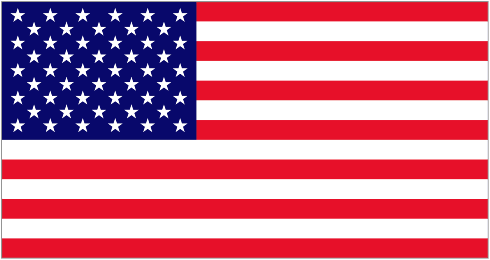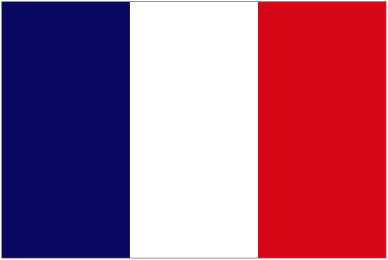A G7 chord is a chord built on the G dominant seventh scale. It is made up of the root note G, the major third B, the perfect fifth D, and the minor seventh F. This chord is commonly used in blues, jazz, and funk music to create a sense of tension and resolution. The G7 chord can be played in various ways on different instruments, such as a guitar, piano, or ukulele. For example, on a guitar, the G7 chord can be played by placing your index finger on the third fret of the low E string, your middle finger on the second fret of the A string, your ring finger on the third fret of the high E string, and your pinky finger on the third fret of the B string.
3.2.0.0.0.1
Or you can also do it this way:
3.2.0.0.3.1
The G7 chord is commonly used in the following chord progressions:
- G7 – Cmaj7: This is a common blues progression, where the G7 chord creates tension and the Cmaj7 chord provides resolution.
- G7 – C7 – Fmaj7: This is a typical progression in jazz, where the G7 chord leads to the dominant C7 chord, leading to the Fmaj7 chord for resolution.
- G7 – Cm – G7: This is a standard progression in funk music, where the G7 chord is followed by the C minor chord, which then resolves back to the G7 chord.
- G7 – C7 – Dm7 – G7: This is a common progression in many styles of music, where the G7 chord leads to the dominant C7 chord, followed by the D minor seventh chord before resolving back to the G7 chord.
Examples of Songs using the G7 chord for Guitar
One good example of these songs may include G7, is “Take the ‘A’ Train” by Duke Ellington. Many other songs use these chord progressions but listen to this one below to a few of these:
“Take the ‘A’ Train” by Duke Ellington
0.3.2.0.1.0 x.x.0.2.1.2 1.3.3.2.1.1 3.2.0.0.0.1
These are just a few examples of chord progressions that commonly use the G7 chord. Many other progressions use this chord, and musicians often experiment with different combinations of chords to create their own unique sound.


